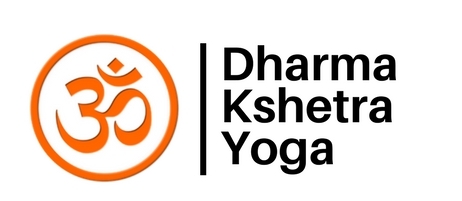This blog is part of the series “Yoga 101,” clarifying important aspects of historic and modern yoga. Have a suggestion for a future post? Share it with us here!
Where Does Yoga Come From?
Does yoga come from a specific culture or part of the world? No… and yes!
Many yoga principles are found in traditions across several continents. For example, yoga students often meditate using strings of beads (malas) that are reminiscent of Buddhist prayer beads or Catholic rosaries. Central American civilizations like the Maya practiced poses, breathwork, and meditations called yok’huh (doesn’t that sound like “yoga?”). Yok’huh includes Kultunlilni energy and chaclas, terms remarkably similar to yoga’s Kundalini energy and chakras (energy centers).* And scholars like Yirser Ra Hotep present evidence that ancient Egyptian art commonly portrayed yoga poses and chakras.
The leaders of several lineages** emphasize that the core truths of yoga are present in every spiritual tradition. Then why do we hear that yoga came from India? Because the people of this region created successful systems not only to preserve essential wisdom over thousands of years, but to distribute it widely whenever relief is needed from contemporary stresses and disease. Thus yoga’s name, approach and philosophy are greatly influenced by the cultures of Southeast Asia.
When we learn more about yoga’s roots and history, we honor those who perpetuated this knowledge for the benefit of people all over the world. You can discover more about all that yoga encompasses in our What is Yoga? post and about its different styles in the upcoming The Multifacted Gem of Yoga post.
*http://yokhah.org/english/yokhah.html
https://thegr8wall.wordpress.com/2013/04/01/similarities-between-the-hindu-the-maya-culture/
**https://swamisatchidananda.org/life/interfaith-vision/
https://yoganandasite.wordpress.com/2017/01/28/universality-of-religions/
image credit: https://pixabay.com/users/anant_762-6925006/

